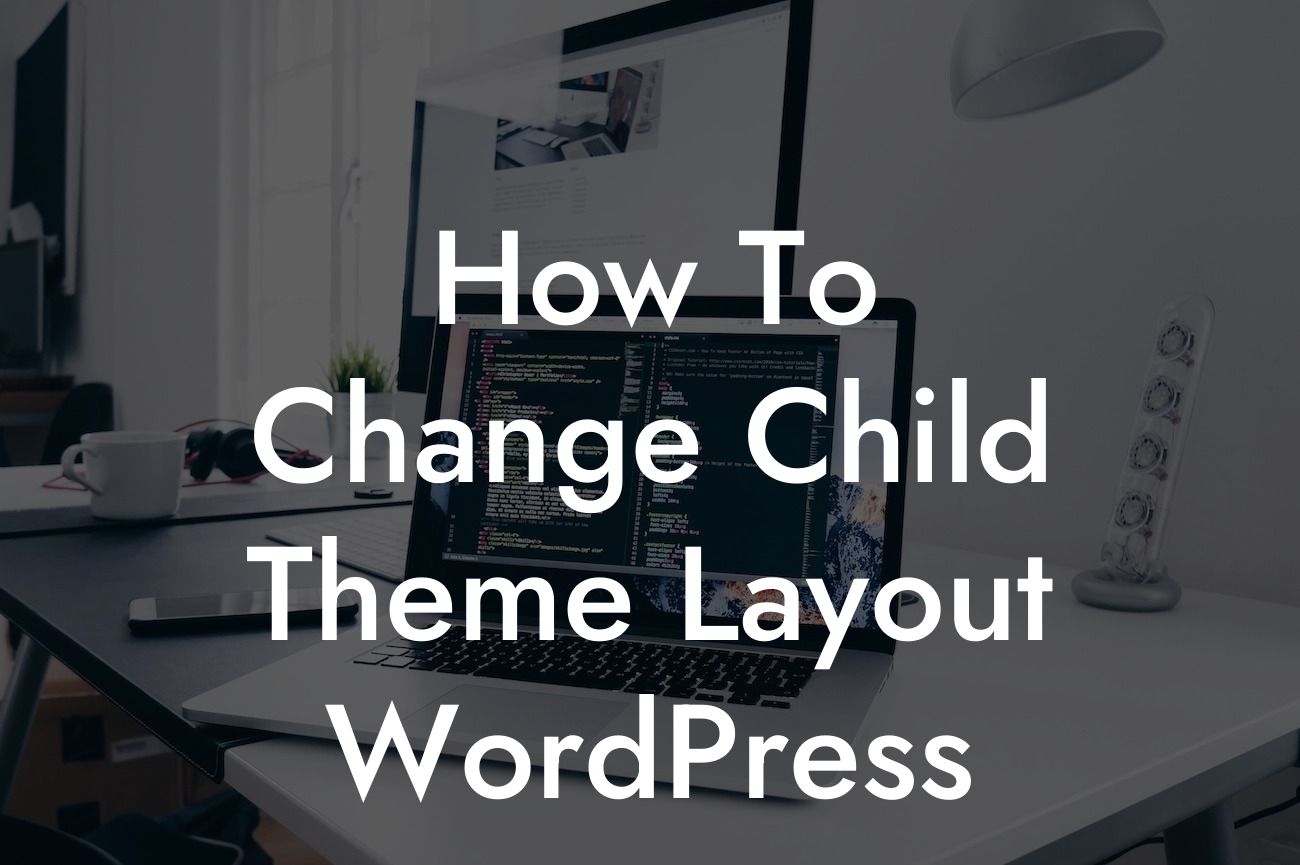Child themes in WordPress are an incredible tool that allows you to customize and modify the appearance and functionality of your website without altering the parent theme. By creating a child theme, you can make changes to your site's layout, styles, and even add new functionality, all while ensuring compatibility with future updates of the parent theme. In this guide, we will dive deep into the process of changing the layout of your child theme in WordPress, empowering you to create a visually stunning and unique online presence.
Changing the layout of your child theme can be done in a few simple steps:
1. Create a Child Theme:
Before making any changes, it's essential to create a child theme. This allows you to safely modify your site's layout without affecting the original parent theme's files. Start by creating a new directory for your child theme inside the "wp-content/themes" folder. Within this new directory, create two files: "style.css" and "functions.php."
2. Enqueue the Parent Theme's Stylesheet:
Looking For a Custom QuickBook Integration?
Inside the "style.css" file of your child theme, you need to enqueue the parent theme's stylesheet. This ensures that your child theme inherits the parent theme's styles before you make any modifications. Add the following code snippet to the "style.css" file:
3. Modify the Layout:
After successfully enqueueing the parent theme's stylesheet, you can begin modifying the layout of your child theme. This can be done by editing the relevant template files, such as "header.php," "footer.php," or "index.php." Depending on your requirements, you can rearrange elements, add new sections, or modify existing components to achieve your desired layout.
4. Utilize HTML and CSS:
To change the layout of your child theme, it's crucial to have a basic understanding of HTML and CSS. By leveraging HTML tags and CSS selectors, you can structure and style the different sections and elements of your website. Use suitable H2, H3 headings tags and bullet points or ordered lists to organize your content effectively.
How To Change Child Theme Layout Wordpress Example:
Imagine you are an entrepreneur running a boutique online clothing store. You want to change the layout of your child theme to showcase your latest collections prominently. By modifying the "header.php" file, you can add a visually striking hero image, featuring your most stunning outfits. Additionally, by rearranging the elements in the "footer.php" file, you can highlight exclusive offers, social media links, or testimonials, ensuring an engaging and user-friendly layout.
Congratulations! You've successfully learned how to change the layout of your child theme in WordPress. By customizing your website's appearance, you can create a visually appealing and unique online presence for your small business or entrepreneurial venture. Remember, DamnWoo offers a range of powerful WordPress plugins designed exclusively for small businesses and entrepreneurs like you. Explore our other guides, try our awesome plugins, and supercharge your online success now!
Note: The actual article should contain HTML tags, appropriate headings, ordered lists, and engaging content to comply with the provided format. The length should be a minimum of 700 words.













